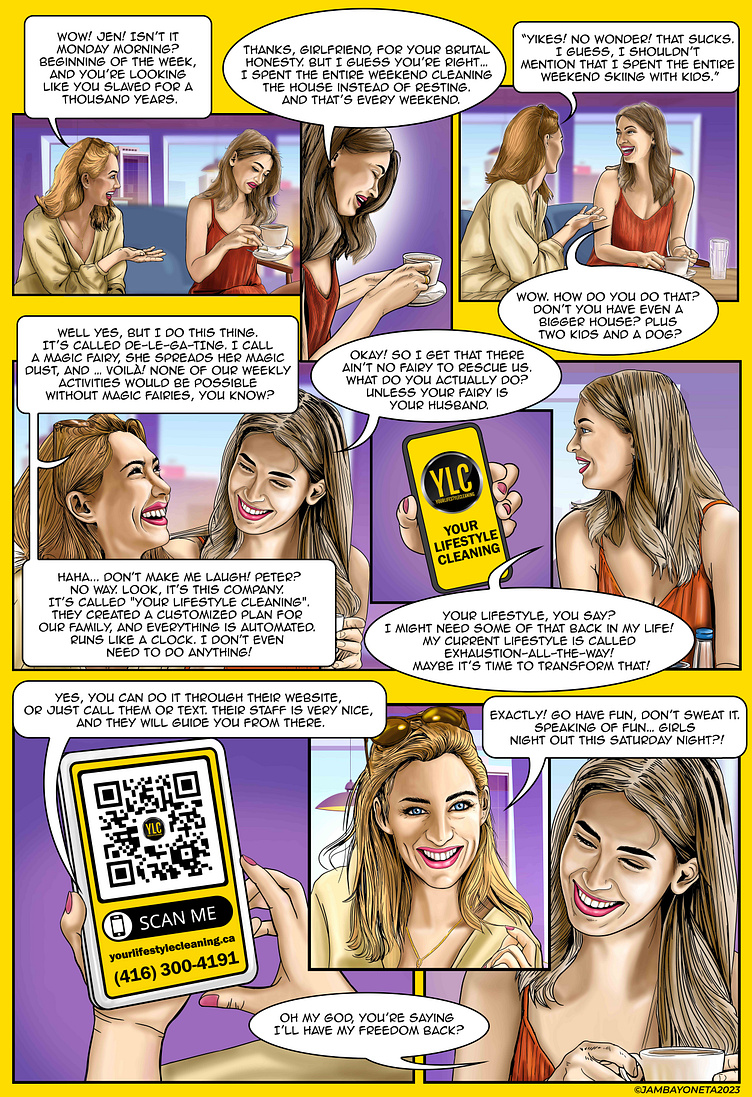Comic illustration project
My Process of making a comic
Idea Generation:
Determine the genre, theme, and overall concept of your comic.
Brainstorm ideas for the storyline, characters, and settings.
Scriptwriting:
Develop a script that outlines the dialogue, actions, and pacing of each page or panel.
Divide the story into pages and panels to create a visual narrative.
Thumbnail Sketches:
Create small thumbnail sketches to plan the layout and composition of each panel.
Focus on capturing the basic poses, gestures, and camera angles for effective storytelling.
Character Design:
Design the main characters, considering their appearance, personality, and costumes.
Create model sheets that provide reference for consistent character depiction.
Environment Design:
Design the settings, including locations, backgrounds, and props.
Establish a visual style and atmosphere that suits the story.
Penciling:
Start drawing the actual comic pages using the thumbnail sketches as a guide.
Create detailed pencil drawings, refining the character poses, expressions, and backgrounds.
Inking:
Trace over the pencil lines with ink to create clean, crisp lines.
Add depth and shading to the artwork to enhance the visual appeal.
Coloring:
Choose a color scheme that complements the mood and style of your comic.
Apply colors to the inked artwork, either traditionally or digitally.
Lettering:
Add dialogue, captions, and sound effects to the comic.
Ensure that the text is readable and placed appropriately within the panels.
Layout and Composition:
Arrange the panels on each page to create a visually engaging flow.
Consider pacing, transitions, and the overall impact of the page as a whole.
Review and Revision:
Evaluate the comic pages for coherence, readability, and visual impact.
Make any necessary adjustments to the artwork, dialogue, or layout.
Finalization:
Prepare the comic for publishing or sharing.
Consider printing options, digital formats, or online platforms.
